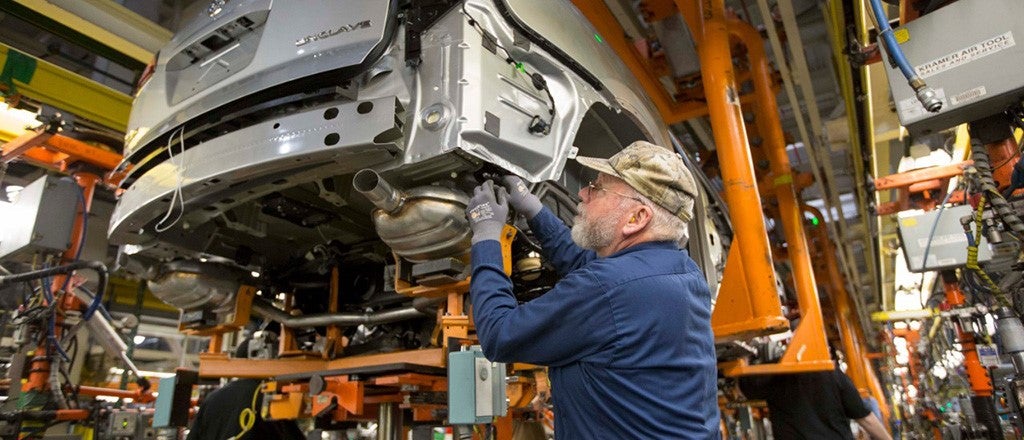General Motors signed agreements with three suppliers for access to electric vehicle battery suppliers. These agreements give access to lithium, cobalt, Cathode Active Material (CAM), and nickel. The agreements are with LG Chem, Livent, and POSCO Chemical.

GM aims to build 1 million electric vehicles in North America by the end of 2025. LG Chem will be supplying the automaker with 968,000 tons of cathode material from now to 2030. It will be enough to build around 5 million electric vehicles. Livent will be providing lithium for high-performance electric vehicles. POSCO Chemical will be supplying CAM from its operations in South Korea from 2023 to 2030. These materials make up to 40% of the battery cell.
In December, GM announced a joint-venture deal with POSCO Chemical and in March 2022 GM said the new joint-venture will build a factory in Quebec. That plant is under construction, so until it is ready POSCO will deliver CAM to GM from South Korea. GM also has a joint venture with LG Energy Solution called Ultium Cells LLC to make battery cells for GM’s future EVs. Ultium Cells is building factories in Ohio, Tennessee, and Michigan. The plant in Lordstown, Ohio, starts production in three weeks.
Localization
GM Spokesperson David Barnas said, “As we move forward, we will increasingly localize our supply chain, just as we have localized battery cell production.”
GM is investing $35 billion in EVs and self-driving cars through 2025. It’s a big bet on electrification, meaning GM can’t afford a mistake in a launch. GM will launch 30 new EVs by then. To make sure all that can happen, GM CFO Paul Jacobson said last month the automaker will continue to form partnerships or invest in raw material suppliers to ensure GM has the parts it needs.
“Everything is on the table when it comes to the way we have to be thinking about some of these commodities that might be in tighter supply in the future,” Jacobson said on June 15.
Chemical manufacturer Livent inked a multiyear sourcing agreement to supply GM with battery-grade lithium hydroxide made primarily from lithium extracted at Livent’s brine-based operations in South America. Lithium hydroxide is crucial to GM’s plans to make higher performance, higher mileage EVs. GM said it will use lithium hydroxide in the Ultium propulsion system that will power the Chevrolet Blazer EV, Chevrolet Silverado EV, GMC Hummer, and Cadillac Lyriq.
Livent will supply to GM over a six-year period beginning in 2025 and over the course of the agreement, Livent will increasingly supply battery-grade lithium hydroxide to GM from its manufacturing facilities in the U.S., with the goal of transitioning all of its lithium hydroxide processing for GM to North America. GM said the agreement helps Livent expand its North American capabilities and secures products for GM’s production.











